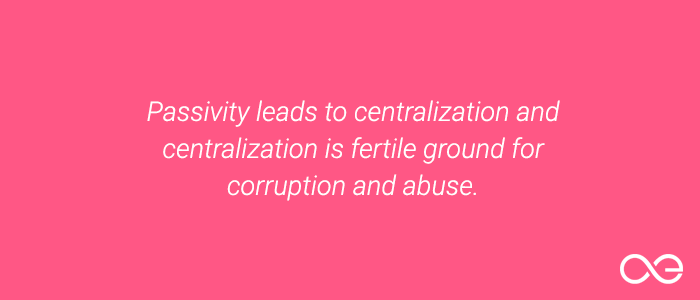There are several ways to research the protocol that is called the “blockchain“. The main goal is to learn how the technology works and what it does for the user. Most of the time, this involves looking at the core protocol and how it works. But, there are several other factors that affect the protocol and how it functions.

For instance, the “blockchain must be open” meaning that there must be an agreement among the nodes about the validating of any transaction. The transaction is broadcast to all the nodes in the network, and the nodes validate the transaction before proceeding to approve it or reject it. There are various types of transactions that can be made on the “blockchain”, which include asset transfers, asset exchanges, and also for computations. Some of these uses are very useful for the user, since there are no third party involved. However, if the two parties are trying to hack into the system to gain illegal access to data or transaction information, the transaction can be delayed or even blocked altogether.
Blocks
If we look at how the blocks are created, the process is actually quite simple. A special transaction called a “transaction” is performed between two entities. When this transaction occurs, the previous block is discarded and a new block is started from the current position of the block. This new block contains the transaction that was just performed, including the change that was made. Since there are many such transactions happening every second in the world, this system is referred to as “perpetual scalping”. The blocks are stored in what is called a “Byzantine Paxel” or Byzantine Fault.
In order for the ledger to work effectively, there must be some degree of trust between users. Users need to have faith in the system, because if there are fraudulent transactions happening, the entire system could be centralized and brought to a standstill. There needs to be a form of recourse if a user feels that their privacy or security has been violated. For this reason, the Blockchain technology does not have an identity or credit scoring feature. Transactions cannot be pulled directly from the ledger.
Decentralized
The decentralized aspect of the Blockchain technology is what gives it its appeal to both the public and private sectors. Since it is run by a network of users with no central administrator, there is no way for a government to come in and dictate which currencies should be accepted. If you are worried about the future of the economy and the value of currency, then you should really consider using the bitcoin protocol as you would the more traditional form of cryptography like encryption and digital signatures.
One of the biggest advantages to the Blockchain technology is that it will bring all the various players in the financial services field together. As more players enter the marketplace, competition will drive prices down and force the existing players to offer better deals. Because the supply is low and the demand is high, the incentives for institutions to partner with each other are also very great. In turn, investors will be happy to know that they can purchase a significant portion of the supply at little to no cost compared to the price tag that they would pay for banking facilities.





